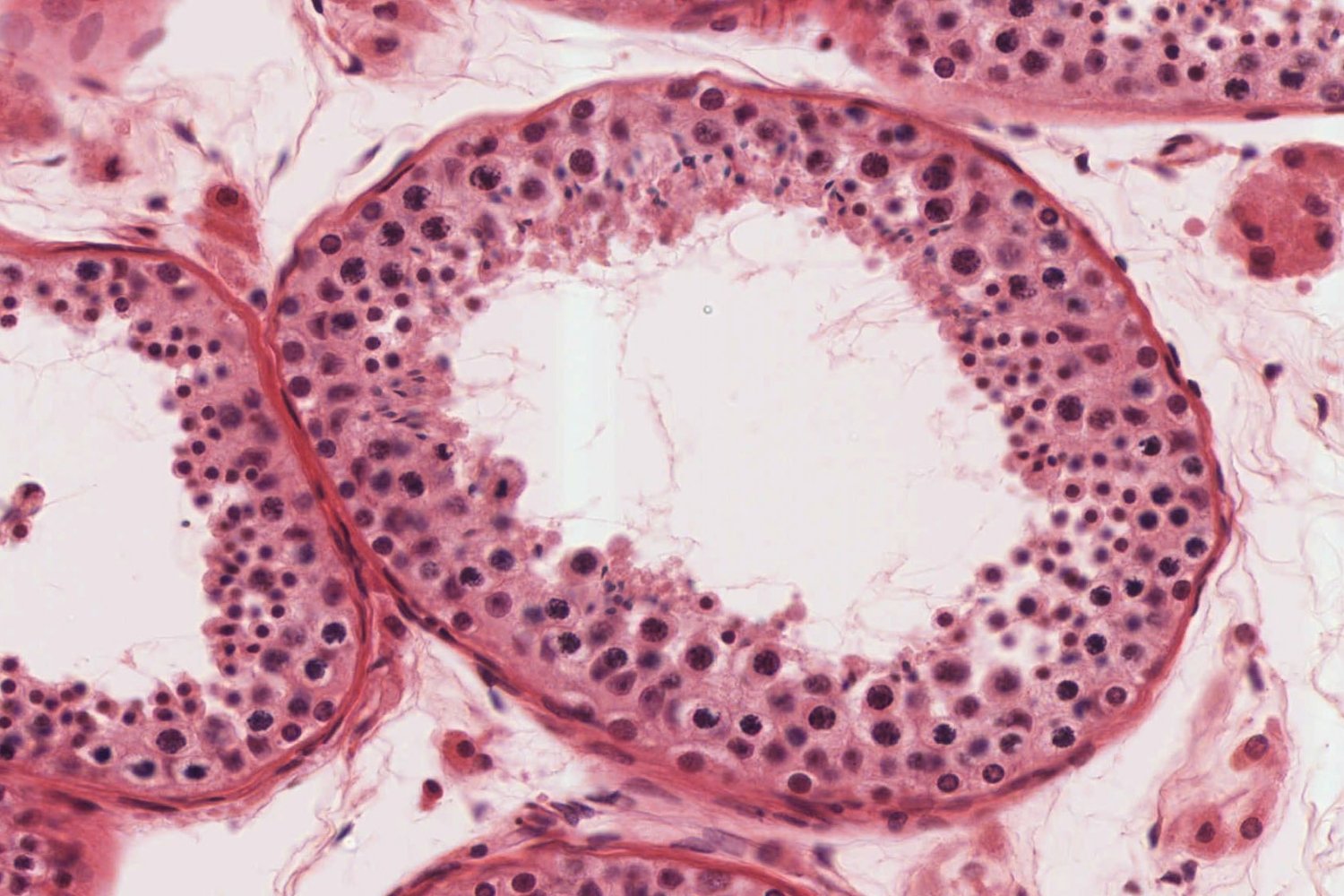
Testes might not be a common topic at the dinner table, but they play a crucial role in male biology. These small, oval-shaped organs are responsible for producing sperm and testosterone, the hormone that drives many male characteristics. Did you know that the average testicle measures about 4 x 3 x 2 centimeters and weighs between 15 to 25 grams? They hang outside the body in the scrotum to stay cooler than the body's core temperature, which is vital for sperm production. Interestingly, one testicle usually hangs lower than the other, a natural design to prevent them from squishing together. From their role in reproduction to their unique anatomy, there's a lot to learn about these fascinating organs.
What Are Testes?
Testes, also known as testicles, are a crucial part of the male reproductive system. They produce sperm and hormones, primarily testosterone. Here are some fascinating facts about these vital organs.
- Testes are oval-shaped organs located in the scrotum, a skin-covered sac that hangs outside the body.
- Each testis is typically about 4-5 cm long and 2.5 cm wide, roughly the size of a large olive.
- The primary function of the testes is to produce sperm, which is essential for reproduction.
- Testes also produce testosterone, the hormone responsible for male characteristics like facial hair and a deeper voice.
The Role of Testosterone
Testosterone plays a significant role in male development and health. It influences many aspects of the body and mind.
- Testosterone helps develop male reproductive tissues, including the testes and prostate.
- It promotes secondary sexual characteristics such as increased muscle and bone mass.
- Testosterone levels peak during adolescence and early adulthood, then gradually decline with age.
- Low testosterone levels can lead to symptoms like fatigue, depression, and reduced libido.
Sperm Production
Sperm production, or spermatogenesis, is a complex process that occurs within the testes. It ensures the continuation of genetic material from one generation to the next.
- Spermatogenesis takes about 64 days from start to finish.
- Each testis contains tiny tubes called seminiferous tubules, where sperm is produced.
- A healthy male can produce millions of sperm each day.
- Sperm cells are among the smallest cells in the human body, measuring about 0.05 millimeters in length.
Temperature Regulation
The location of the testes outside the body is crucial for their function. Temperature regulation is vital for healthy sperm production.
- The scrotum helps regulate the temperature of the testes, keeping them slightly cooler than the rest of the body.
- Optimal sperm production occurs at about 34-35°C (93-95°F), which is a few degrees cooler than normal body temperature.
- When it's cold, the cremaster muscle contracts to pull the testes closer to the body for warmth.
- In hot conditions, the scrotum relaxes and allows the testes to hang lower, away from body heat.
Common Testicular Conditions
Testes can be affected by various conditions, some of which require medical attention. Awareness of these conditions can help in early detection and treatment.
- Testicular cancer is the most common cancer in young men aged 15-35.
- Symptoms of testicular cancer include a lump or swelling in the testicle, pain, and discomfort.
- Testicular torsion occurs when the spermatic cord twists, cutting off blood supply to the testis. It requires immediate medical intervention.
- Epididymitis is an inflammation of the epididymis, often caused by infection. It can lead to pain and swelling in the testicle.
Fun and Surprising Facts
Beyond their biological functions, testes have some surprising and fun facts that might intrigue you.
- The word "testicle" comes from the Latin word "testiculus," meaning "little witness."
- Ancient Greeks believed that the left testicle produced female offspring, while the right one produced males.
- Some animals, like elephants, have internal testes located near their kidneys.
- The blue whale, the largest animal on Earth, has testes that can weigh up to 150 pounds each.
- In some cultures, eating animal testicles is considered a delicacy and believed to boost virility.
Wrapping Up Our Exploration of Testes Facts
Testes are fascinating organs with roles beyond reproduction. They produce testosterone, which affects muscle mass, bone density, and mood. Testes also regulate sperm production and fertility. Their unique ability to descend during fetal development is crucial for temperature regulation and sperm health.
Understanding these facts can help us appreciate the complexity of the male reproductive system. From hormone production to sperm creation, testes are vital for overall health. Knowing more about them can lead to better health choices and awareness.
So, next time you think about the male body, remember these amazing facts about testes. They’re not just about reproduction; they’re key players in overall well-being. Stay curious and keep learning!
Was this page helpful?
Our commitment to delivering trustworthy and engaging content is at the heart of what we do. Each fact on our site is contributed by real users like you, bringing a wealth of diverse insights and information. To ensure the highest standards of accuracy and reliability, our dedicated editors meticulously review each submission. This process guarantees that the facts we share are not only fascinating but also credible. Trust in our commitment to quality and authenticity as you explore and learn with us.
